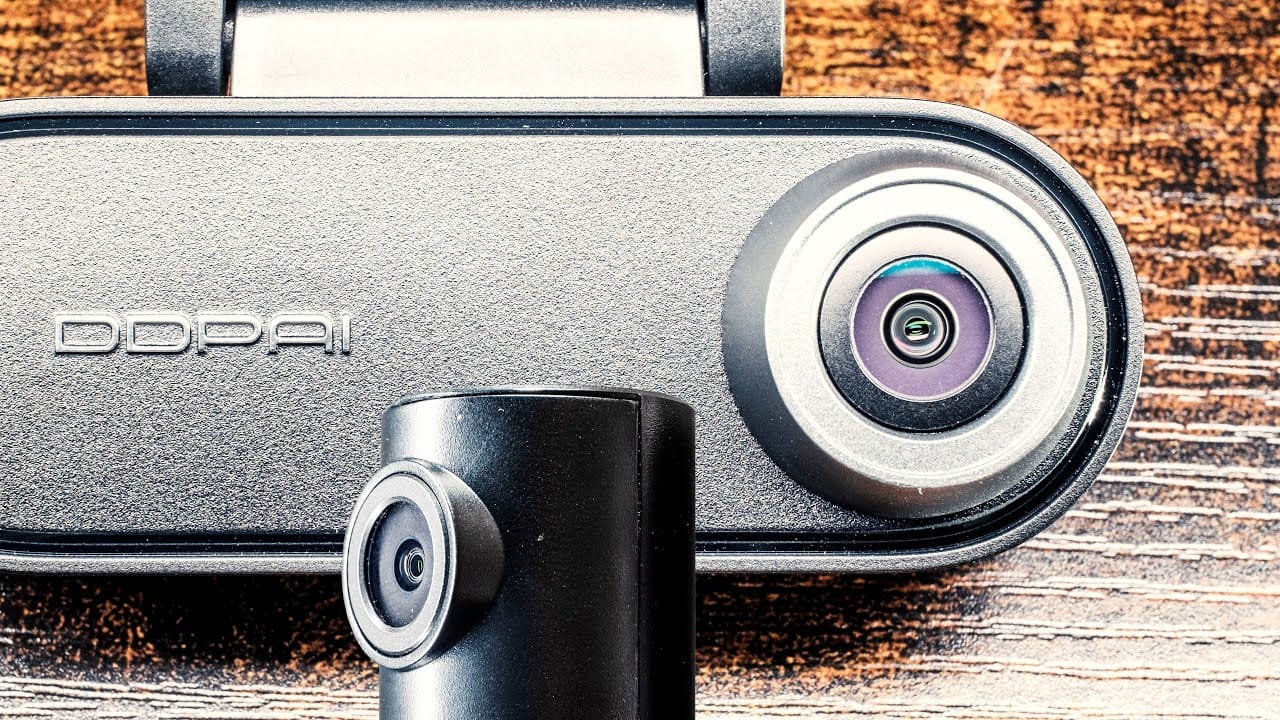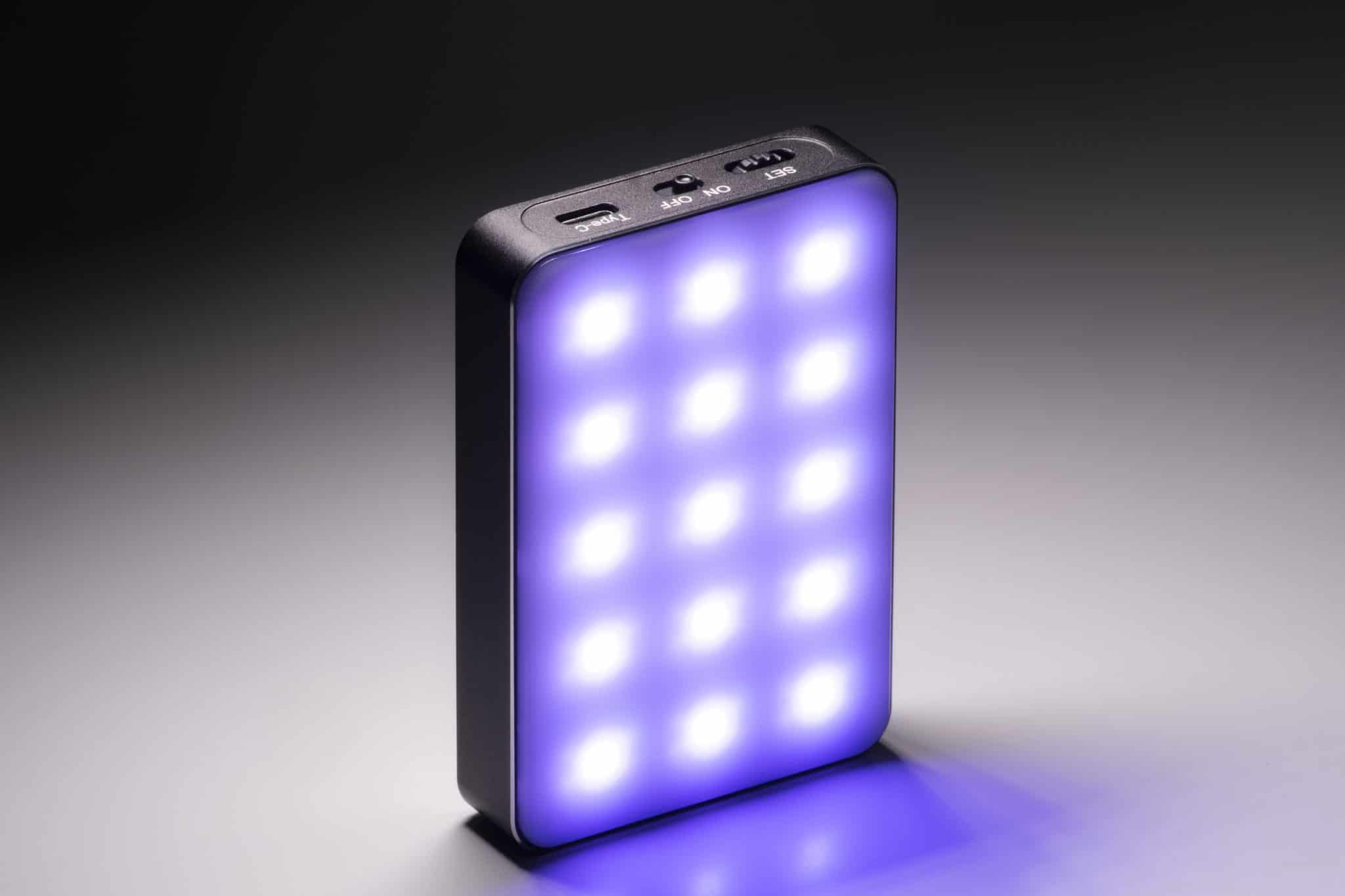HD has been around for a few years now. 4K isn’t that new either. Back in 2007 RED released the first digital camera capable of capturing a higher resolution than HD or 2K, the RED ONE. But still, affordable HD cameras that deliver a professional image with a lot of details and high dynamic range have reached the prosumer market not until the release of the Blackmagic Cinema Camera two years ago.
With that in mind many people including myself are wondering if there is already a need to move to the next big step when it comes to resolution!? Is there a true need for 4K in 2014?
We shoot all of our commercial and personal projects in 1080p. The workflow is perfect and we haven’t had any problems with any kind of codecs or so in the last three or four years. For most consumers HD is still something new.
Most people are used to look at a lot of blocking and artifacts on their TVs or the internet due to the lack of interest and knowledge of “fixing” that or adjusting the settings. Many people just don’t know how to install or stream their TV channels in HD. It’s the same with YouTube and co.. They are not aware that there is a button to change the resolution from 360p to 1080p. And even if they do – the streaming might be too slow – and who likes buffering. They want to watch the video and not the pixels. Blu-Ray? Everybody has heard of it, some are using it. I love watching Blu-Rays because I am a filmmaker. But can you tell the difference between the DVD and Blu-Ray version of AVATAR when sitting a few meters away from the screen? Hardly…
This is the “problem”. You can’t force people to care about resolution.
Of course many people already own HDTVs but mostly because there are no SD monitors available anymore to buy.
4K really has been for major motion pictures in the past but that is changing right now in that exact moment. Indie filmmakers and maybe even family dads are purchasing a Panasonic GH4 or the Sony A7s.
Even big Hollywood productions are mastered in 2K but shot in 4K or sometimes 5K. This is a sign that the consumer / low end pro sector is faster than the big boys and I am not sure whether to like that or not.
This brings me to one of my biggest concerns. Which resolution will be the one? Currently there is the 4K I am talking about: 4096×2160. But Ultra HD (UHD) is the latest development when it comes to high resolution. It’s 3840×2160. Yes, a few pixels are missing. When remembering the battle between Blu-Ray and HD-DVD it was never about resolution “just” about format. 1080p and 720p are clearly different and can’t be confused. Also not many 720p cameras where released when HD was released for the masses but that seems to be different when it comes to 4K vs. UHD. This can become problem when working with multiple cameras from different manufacturers.
Below is a chart so you can actually see the size difference between HD, 2K, UHD and 4K.
To be able to publish something in 4K a proper post workflow is needed – this still is a problem. As I said before, most of our work is shot and also mastered in HD. We only edit one sort of video in 4K: Timelapses. Since the sequences are made out of still image the resolution is pretty high (actually 5K).
Why haven’t we published any timelapse video in 4K in the past? There are two answers. First: We do not own a UHD or 4K monitor or TV. Second: 4K allows the editor to crop the image however he wants. You can even add motion to the video, slide it down or up, to the left or right. More and more UHDTVs are being released by different companies but at this point of time they are still too expensive or just not that good. I don’t want to spend 2.000$ on the camera and 5.000$ on the monitor.
A 4K workflow in Adobe is already possible. It’s not perfect yet but when thinking back at editing our first 1080i projects it’s easy to say that editing 4K isn’t much different than editing a 1080p project. Except that it takes much more time because of the slow hardware. Rendering even a 3-minute clip can be really time consuming.
The next big point is storage. We recently shot a short film in 4K resolution and the 3-minute master is almost 120GB big. Thinking about the size of the original footage makes me want to film in AVCHD with a data rate of 25 Mbps. 😉 4K is not a small change in the whole production but it is especially expensive when it comes to archiving the files and footage. Below is the short film called “Nature in the City” shot in May 2014 in Frankfurt on two sunny evenings.
For us as a company and as filmmakers the time for 4K hasn’t come yet but it surely will. There are a lot of other things to say about resolution in general but I thought I share my thoughts on 4K. What do you think about 4K and UHD? Will you be shooting in a higher resolution or are you going to wait until everyone owns such a camera?
Written by Moritz Janisch


